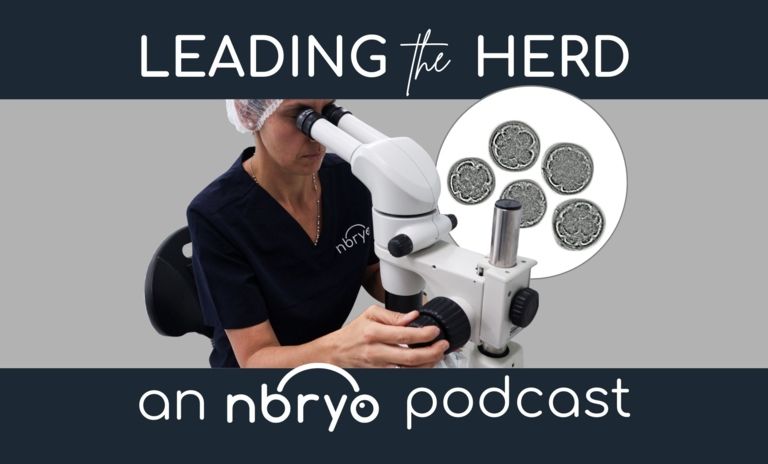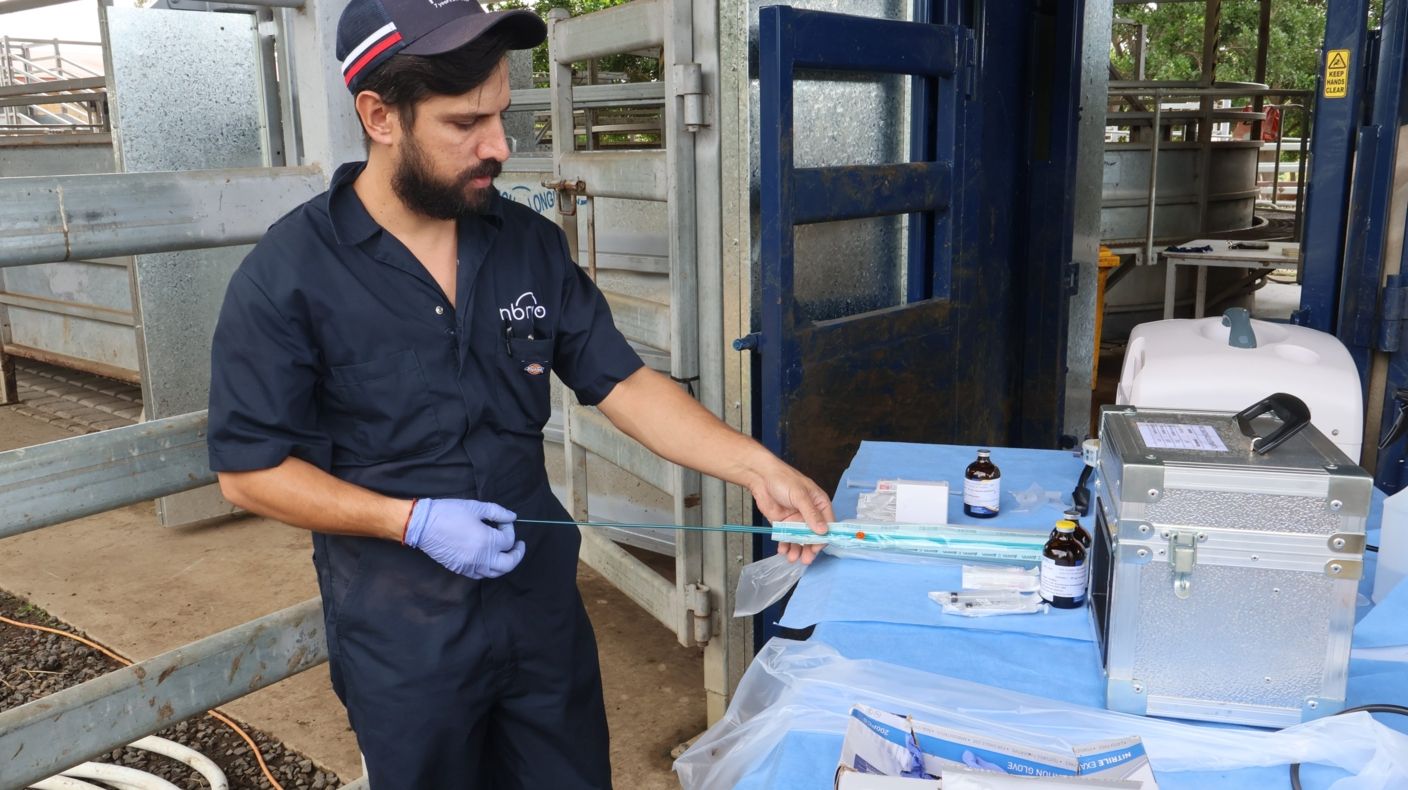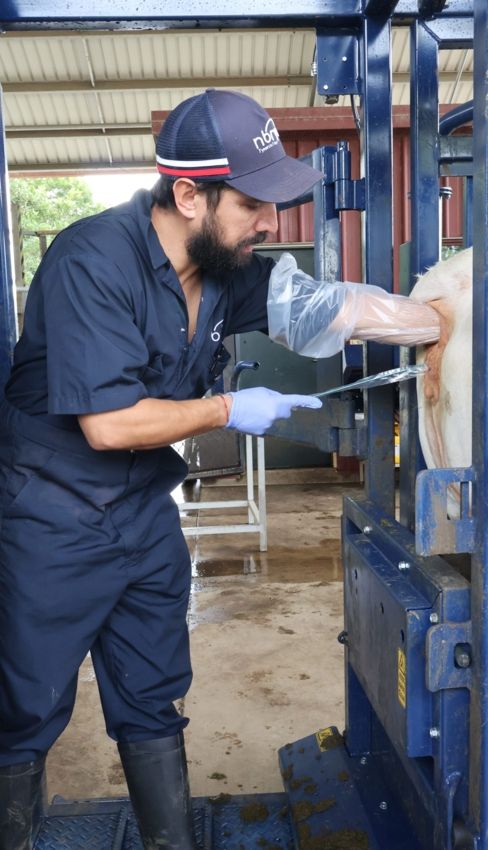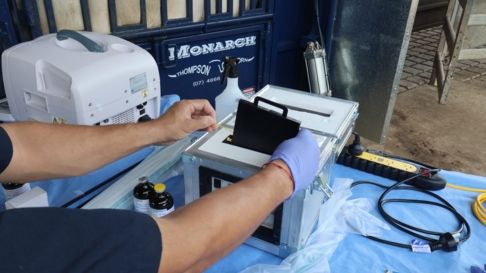

The transfer of the embryos is the last step in the IVP process. Most of the work in ensuring the best possible result at transfer focuses on the management of recipients (see also recipient management resource) and the synchronisation process (see also synchronisation resource). However, there are some good tips to ensure that the day runs smoothly and results are optimised.
From an outsider’s point of view, the embryo transfer procedure is not too dissimilar to watching artificial insemination. There are however some key differences in the procedure outlined in the process below


It is critical to manage recipients in a low stress manner before, during and after embryo transfer to increase the likelihood of conception. If recipients need to be held in the yards for a duration of time, or overnight, it is recommended that they have full access to hay, water and shade. Ensuring facilities are fit for purpose is also recommended (see also our facilities resource).
After the transfer of embryos, ideally recipients will be given at least 30 mins rest before being walked calmly back to the paddock. A maximum 30 min walk is recommended, minimising the disruption of the social structure of the group as much as possible.
Pregnancy diagnosis can occur any time from 3 weeks after transfer if using transrectal ultrasound. However, if pregnancy diagnosis occurs prior to 12 weeks gestation, it is recommended to re-check these females later to determine if any pregnancy loss has occurred.
Lastly, having experienced, well-prepared and well-trained staff will help optimise the results from a program. Producers who consistently get good results are those who run best-practise production systems with attention to detail at every stage.


